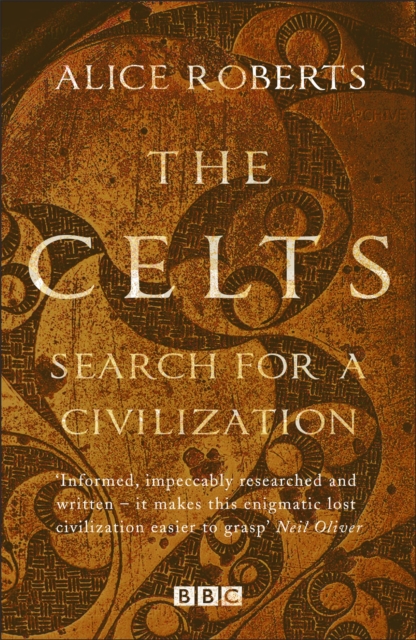
I’m a big fan of Alice Roberts’ TV work and enjoy her books even more. The blend of science, history and prehistory is perfect for this particular reader. I especially appreciate Roberts’s knack for covering complex topics in straightforward, unpretentious language without giving the impression of dumbing down.
In this book, Roberts investigates the surprisingly nebulous—and surprisingly interesting—topic of who on earth were the so-called ‘Celts’? We first learn about the Celts from non-Celtic classical authors of dubious reliability, most famously Julius Caesar. But, as Roberts explains, who the Celts actually were—if, indeed, they were a distinct group of people—is almost impossible to pin down. To many archaeologists, the term ‘Celtic’ can be applied to pretty much any non-classical Iron-Age Europeans, whereas others would argue the term is effectively meaningless.
A large part of the problem, as Roberts explains, is distinguishing between the spread of ideas and the spread of actual people in the archaeological record. If certain cultural artefacts emerge in one area, then spread elsewhere, does this represent the migration of significant numbers of people (e.g. through invasion), or does it represent the spread of new ideas (e.g. through trade, or through people from one area adopting and adapting the latest trends from neighbouring areas)? Or perhaps it’s some combination of both.
Roberts explains how there are many different ‘cultures’ that have been identified as ‘Celtic’, so how do you define, if at all, what it was that made—and still makes—particular cultures Celtic?
The Celts are different depending on how you define them—archaeologically, historically, artistically, linguistically. You can see why some archaeologists advise against using the C-word at all. And yet, if we’re interested in the spread of ideas, and how culture evolves, it’s still useful to try to track those fluctuating aspecys of ‘Celticity’.
Sensibly, and pragmatically, Roberts suggests the most useful characteristic linking the various ‘Celtic’ peoples together is language. But, as she stresses:
None of the ways in which we define ‘Celts’ map neatly on to one another. There are linguistic Celts, archaeological Celts, artistic Celts, ancient historical Celts, ethnic Celts and biological Celts. But the problem is they don’t coincide. There is not a single, coherent Celtic package.
An excellent, thought-provoking book.
- Buy this book from Bookshop.org (UK) and help tax-paying, independent bookshops.
- Buy this book from Amazon.co.uk
- Buy this book from Amazon.com

Leave a Reply